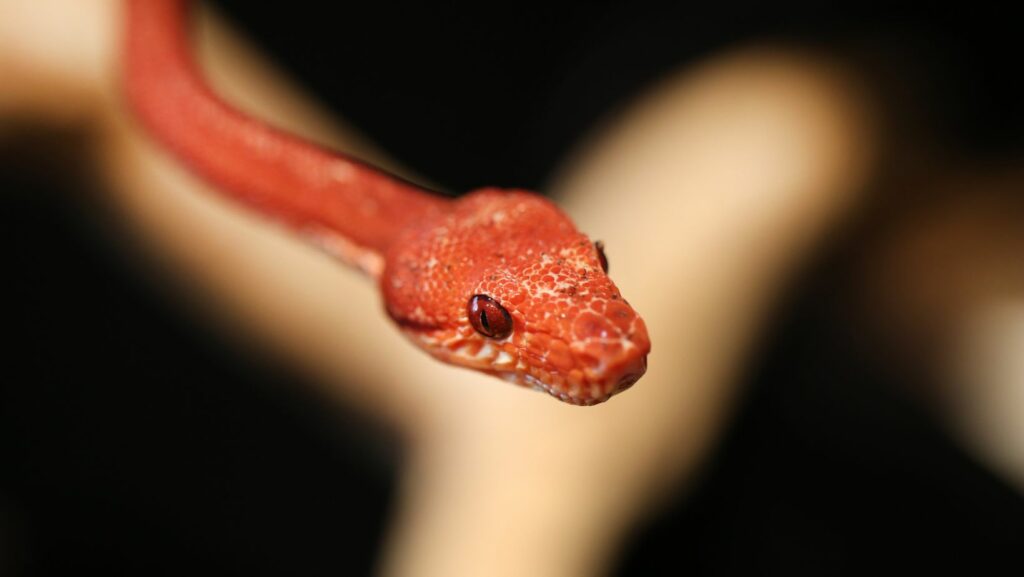When it comes to the animal kingdom, few creatures capture curiosity quite like baby snakes. These tiny reptiles, often overlooked due to their size, play a crucial role in their ecosystems. With their vibrant patterns and intriguing behaviors, they offer a glimpse into the fascinating world of serpents.
Baby snakes are born with the instinctual drive to survive, navigating their environment with surprising agility. From the moment they hatch, these young serpents are on their own, relying on innate skills to hunt and evade predators. Despite their small stature, baby snakes exhibit remarkable resilience and adaptability. Just as these young snakes instinctively find ways to survive and thrive, cultivating resilience and flexibility in our own lives can help us overcome challenges and maintain our well-being.
Baby:xplki1ffmew= Snake

Baby snakes, often called hatchlings, play a crucial role in nature. Right after hatching, these young reptiles begin honing their instincts, allowing them to explore their surroundings with agility. Unlike many animals, baby snakes receive no parental care. They rely on innate abilities for survival, such as hunting small insects and rodents and avoiding predators. Their diet consists primarily of small prey, which helps control pest populations.
These tiny creatures contribute to ecological balance by serving as prey for birds and mammals. As they grow, their presence impacts local ecosystems. Baby snakes can be found in diverse habitats, from forests to deserts, each adapting to its specific environment. Knowledge of their various species is essential for understanding the role these young reptiles play. Observing baby snakes provides insight into both their development and the broader ecological implications. Thus, they represent both the resilience of wildlife and the interconnectedness of ecosystems.
Types Of Baby:xplki1ffmew= Snake

Various types of baby:xplki1ffmew= snake, or hatchlings, exist across numerous species worldwide. Each species exhibits unique characteristics that set them apart. For instance, baby pythons, notable for their vibrant patterns, grow rapidly in humid environments. Corn snakes, another type, display striking orange and red scales, and newly-hatched corn snakes are adept climbers. Baby rattlesnakes possess a single rattle segment at birth, and they rely on their venom for capturing prey.
King snakes exhibit a distinctive banding pattern even as hatchlings, showcasing their unique defensive mimicry. Water snakes give birth to live young instead of laying eggs; these babies are already proficient swimmers. Baby garter snakes, born live, swiftly adjust to their surroundings to hunt small amphibians.
The diversity of baby:xplki1ffmew= snake reflects their adaptability and ecological significance. These young snakes contribute significantly to pest control and serve as prey, influencing their ecosystems from an early age.
Habitat And Behavior

Baby snakes possess incredible adaptability across diverse habitats, enabling them to thrive in various environments. Various species inhabit locations from dense forests to arid deserts. For instance, baby pythons favor humid tropical forests, providing ample opportunities for camouflage and ambush. Conversely, young rattlesnakes blend seamlessly into desert landscapes, where their cryptic coloration aids in temperature regulation and predator evasion.
Upon hatching,baby:xplki1ffmew= snake exhibit distinct behaviors crucial for survival. Instinctively, they disperse to seek shelter and establish territory. Their immediate priority is locating food, which typically consists of insects and small mammals. They use their small size and agility to their advantage while navigating their habitat.
Social behavior is generally limited among baby snakes. They are solitary, relying heavily on instinct rather than interaction. Their independence from birth limits parental guidance, reflecting an innate capacity to fend for themselves within their chosen habitat. Through these behaviors, they ensure their role in maintaining ecological balance.
Importance In The Ecosystem
Baby:xplki1ffmew= snake, with their remarkable adaptability and instinctual behaviors, are integral to the ecosystems they inhabit. Their ability to control pest populations and serve as prey for larger animals underscores their ecological significance. As they navigate diverse habitats, from lush forests to arid deserts, these hatchlings demonstrate resilience and adaptability. Each species, with its unique traits and survival strategies, contributes to the intricate balance of nature. By understanding and appreciating the role of baby snakes, we gain insight into the complex web of life that sustains our planet. Their presence is a testament to the delicate interconnectedness of all living things.

